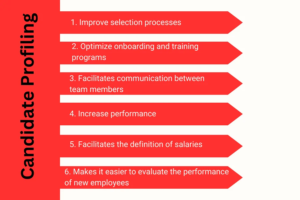How does internal recruitment work? With today’s competitive job market, many companies are strategically looking within to fill open positions. Internal recruitment or hiring from your talent pipeline can be an efficient and cost-effective move for managers.
In this post, we’ll do a deep dive into internal recruitment best practices – from posting internal job openings to evaluating interested candidates already on your team to ensuring they transition smoothly into new roles.
Done right, it’s a win-win: you retain and motivate existing top performers while seamlessly backfilling critical vacancies. Read on to learn how to tap into your internal talent pools, assess culture fit, conduct interviews and tests, determine compensation, announce new assignments, and onboard for success.
Table of Contents
What is internal recruitment?
Internal recruitment is based on the hiring or reassignment of current staff for a vacancy. Therefore, unlike external hires, the organization looks within its existing talent, rather than looking for candidates elsewhere.
Related: Problems of recruitment and selection – how to overcome them?
What are the internal recruitment sources?
Here are the top 4 sources for internal recruitment:
1. Employee database
The first option is to use the human resources database . In this way, you are looking for a candidate who is already familiar with the culture of the organization. Thus, those people who have been interested in working for the company are taken into account.
This is where direct applications come into play. That is, the requests that the company receives without having requested them. That is, when people send their documentation because they want to work there.
People make this decision because they have a positive outlook about working at that company. Hence, this source of recruitment is a cheaper and safer option.
2. Recommendations
Another source of internal recruitment is recommendations from referral programs. It consists of letting current employees know about available vacancies and their respective profiles.
Since existing workers are familiar with the company’s work culture, they are able to attract qualified candidates. Likewise, an external person trusted by the company can make these types of recommendations.
3. Rehiring
Another source of internal recruitment is rehiring. This is a method that uses former employees as prospect options for the current vacancy. An advantage of rehiring is that people are familiar with the company’s employment policies.
4. Promotions
Another way to carry out internal recruitment is through promotions. To do this, it is analyzed which employee of the company fits well with the job or vacancy. Then, as soon as possible, you are promoted.
There is also the option of moving employees between departments, to place them where they best fit, according to the demands of the position.
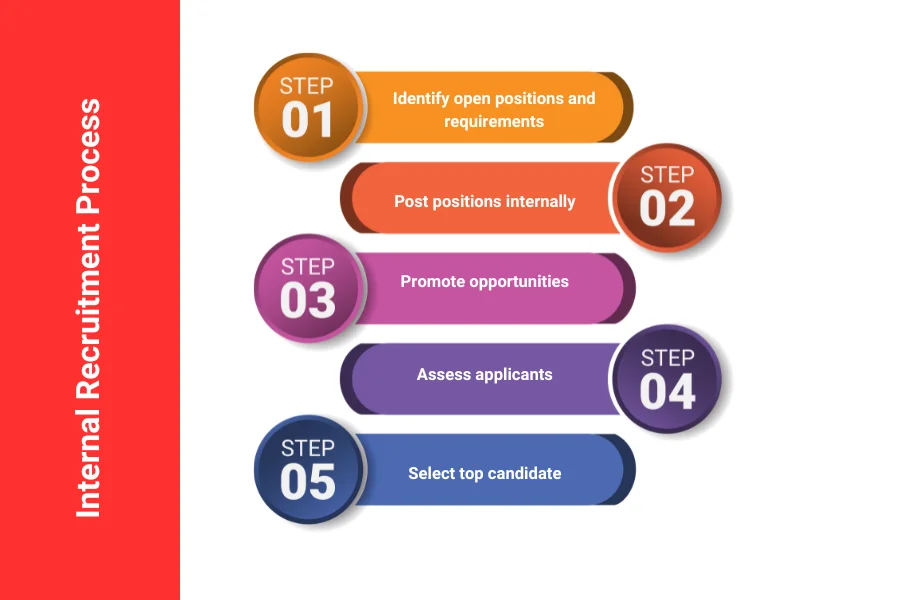
Advantages of internal recruitment
Internal recruiting has many advantages, which help minimize the risks associated with new hires.
Therefore, according to a LinkedIn global talent trends report:
More than 70% of organizations consider internal recruitment as the first option to fill vacancies.
This is an approach that speeds up the hiring process and provides greater productivity, compared to outsourcing.
Reduce the chances of making bad hires
By making a bad hire, organizations assume too high a cost. Therefore:
Given the investments of time and money in the recruiting and hiring processes, companies feel committed to the employee for a time, to recover even a part of those costs.
Hence, recruiting internal talent eliminates these consequences, because you already know better the candidate, his performance and whether he is capable of handling the pressure of the new position.
In this sense, it is better to trust someone you already know than to take a risk with a stranger.
Increases employee morale
When you assign new responsibilities to current workers, this somewhat increases their morale because they see that you trust them. Therefore, they feel more responsible, which allows them to achieve higher levels of productivity.
Likewise, employees who have been promoted are an example for younger people. They try to transmit the same energy as the leader, to encourage others. In this way, internal recruitment gradually helps build strong relationships between employees.
As you are noticing, internal recruitment is part of good human management in your company.
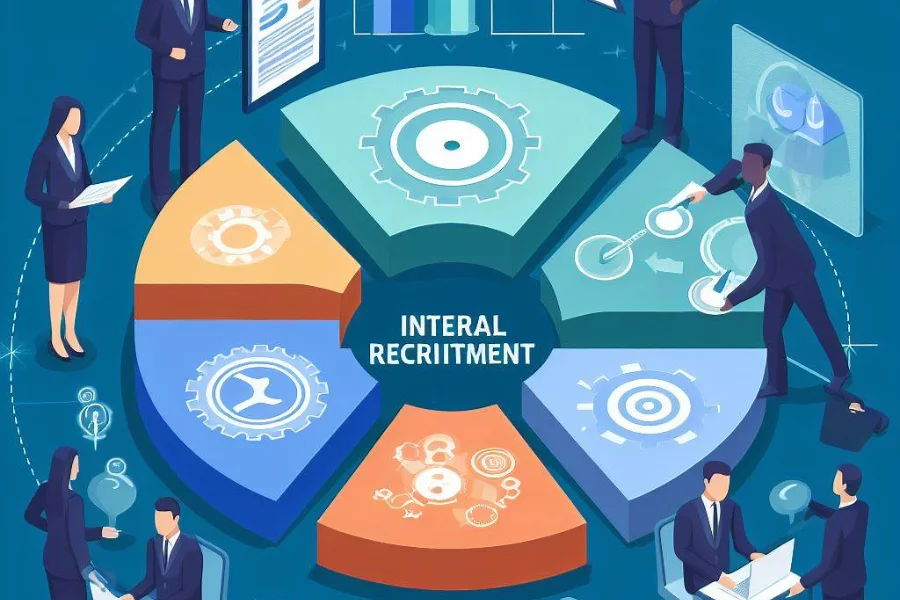
Growth opportunities
Based on their priorities, employees make the decision to accept or reject a job. Therefore, if your company offers growth opportunities, many of your best workers will stay with you for a long time.
Provides job security for employees
In 2022, Lincoln Financial Group conducted a survey and found that:
27% of workers feel stress and fear about job security.
In this sense, internal recruitment helps reduce workers’ fear of losing their job.
Therefore, the workforce feels more secure, seeing that their employer provides them with job security and new opportunities for growth.
Reduce hiring time
When you have a well-functioning workforce, you already have a wide variety of talent that you can hire for other functions.
This way, you don’t need to spend time verifying the first recruiting steps, such as background checks, interviews, and so on.
Greater cultural compatibility
An employee who has been with the company for a long time and maintains good performance fits perfectly into the company culture. Sometimes external hires are a failure because the employees are not a good fit for the organization.
It is estimated that more than 70% of employees leave their jobs because they do not adapt to the company culture.
Therefore, for a new hire it is better to consider someone who is compatible with the culture. Hiring requires a lot of effort, to risk the person deciding to leave in a short time.
Additional benefits of internal hiring
According to the same LinkeIn report, those who apply internal recruitment obtain significant benefits:
- 94% of those surveyed say that internal recruiting has helped them improve the retention rate of the best employees. Therefore, leaders who implement internal career management programs have increased talent retention by 41%.
- Additionally, with internal recruitment, companies promote the development and growth of employees. In this sense, more high-performing companies focus on internal recruiting , compared to low-performing organizations.
Conclusion: – How does internal recruitment work
When done effectively, internal recruitment can become an invaluable tool for organizations. By actively fostering and leveraging internal talent, companies can fill critical positions smoothly, motivate employees through growth opportunities, and save resources. However, it requires savvy management and best practice processes—from thorough position evaluations to fair compensation decisions.
As explored throughout this post, key steps like posting internally first, carefully assessing cultural fit and competency alignment, having objective second-level interviews, being transparent on compensation changes, and facilitating transitions through the new role are essential to ‘how internal recruitment works’ successfully over external hiring. Following these guidelines will allow managers to tap into their internal talent pools strategically.
So if you’re facing key vacancies in today’s challenging economic environment, be sure to exhaust your internal possibilities first. Not only could you identify and grow top performers at reduced costs—you could also boost employee loyalty, innovation and the health of your talent pipeline by focusing inward. The next star for your toughest role could already be within your ranks, waiting for the opportunity.
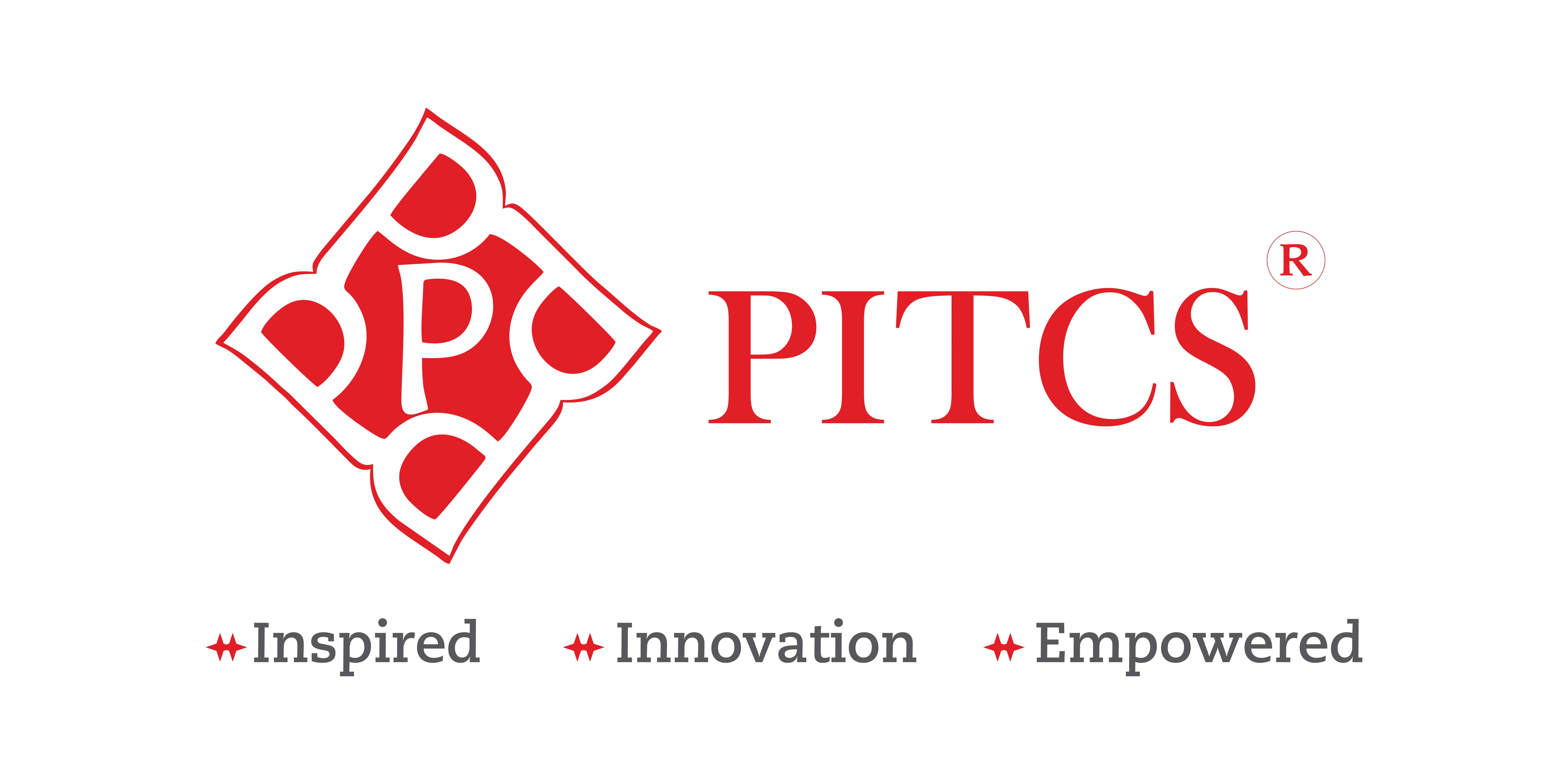
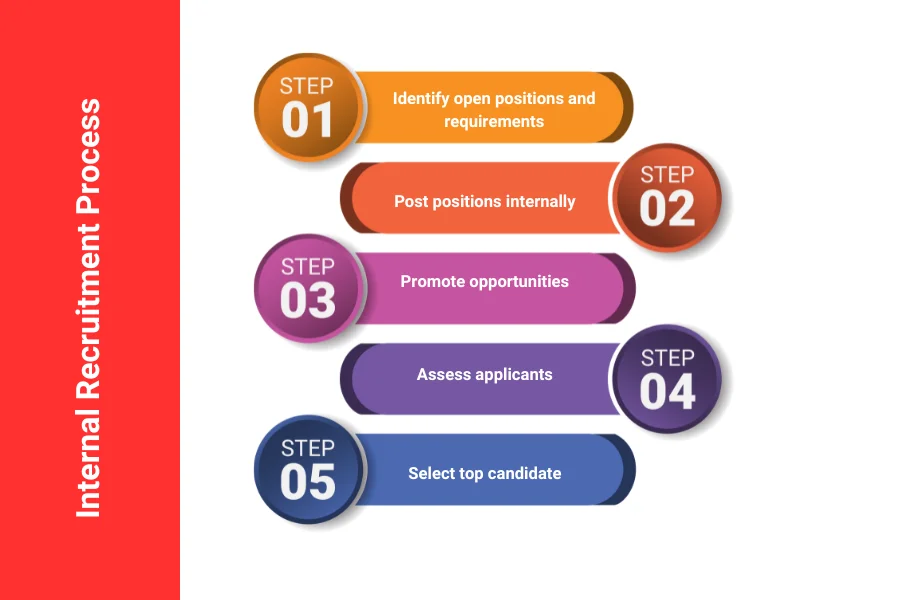
![Read more about the article Mastering the Interview: How to Impress Recruiters [Expert Advice]](https://pitcs.in/wp-content/uploads/2024/02/Prepare-well-for-the-Interview-300x200.png)

